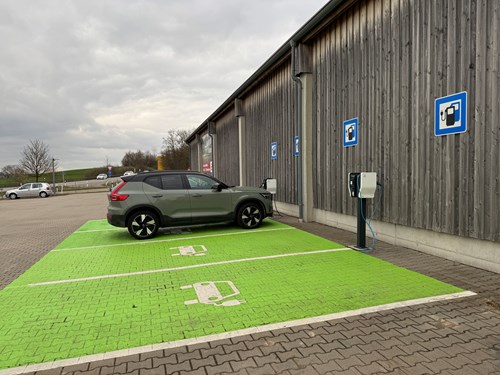The transition to electric vehicles (EVs) is rapidly transforming the road operations and maintenance (O&M) sector. This article provides an overview of key data, best practices, and lessons learned from Egis’ ongoing journey to electrify its vehicle fleets. Drawing on internal case studies and referencing leading industry sources, it summarises the main findings regarding EV vehicle types, operational use cases, efficiency, and transition management.
As major operators of road infrastructure, concessionaires and O&M suppliers are uniquely positioned to drive decarbonisation. Electrifying vehicle fleets is a key strategy for quickly and efficiently reducing emissions, improving air quality, and protecting operations from both regulatory pressures and the volatility of fossil fuel prices.
Egis operates a diverse fleet across road, airport, and mobility services. In 2024, its O&M activities (excluding airport O&M) consumed nearly 6 million litres of diesel and gasoline, resulting in 14,000 tCO₂e in Scope 1 emissions, with 12,000 tCO₂e attributed to mobile combustion [1].
For Road O&M specifically, the 2024 figures are striking [1]:
|
4 million litres
Volume of diesel and gasoline consumed
|
10,000 tCO2e
GHG emissions associated with mobile combustion*
*Some emissions reported under Scope 3.15 are also included
|
22%
of total GHG emissions attributable solely to the combustion of fossil fuels
|
Egis’ net-zero decarbonisation targets, validated by the Science Based Target Initiative (SBTi), are to reduce absolute Scope 1 and 2 emissions by 54.6% by 2033 and by 90% by 2050, with Scope 3 reductions of up to 97% [1]. This underscores the urgent need to accelerate the adoption of low-carbon alternatives and further accelerate fleet electrification.
While EVs now meet the needs of most use cases, some specialised operations—such as winter viability and heavy construction—are still being evaluated. [1]
EV vehicle types and use cases in Road O&M
Egis’ operational needs span light vehicles, vans, trucks, and specialised airport ground support vehicles. Egis has piloted and deployed EVs across a broad range of O&M activities, demonstrating the adaptability of electric vehicles:





 Adapted from [18]
Adapted from [18]